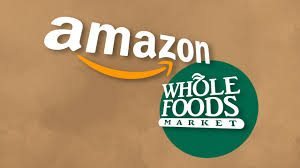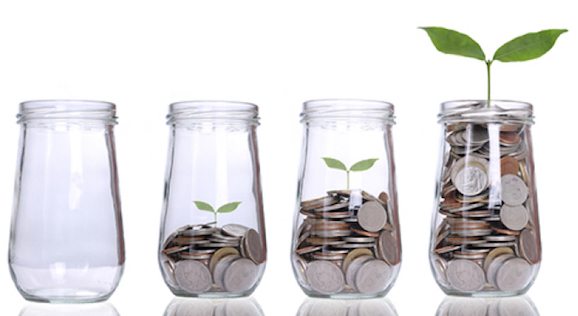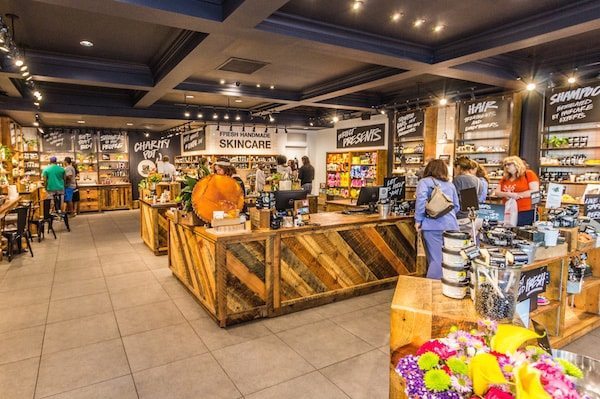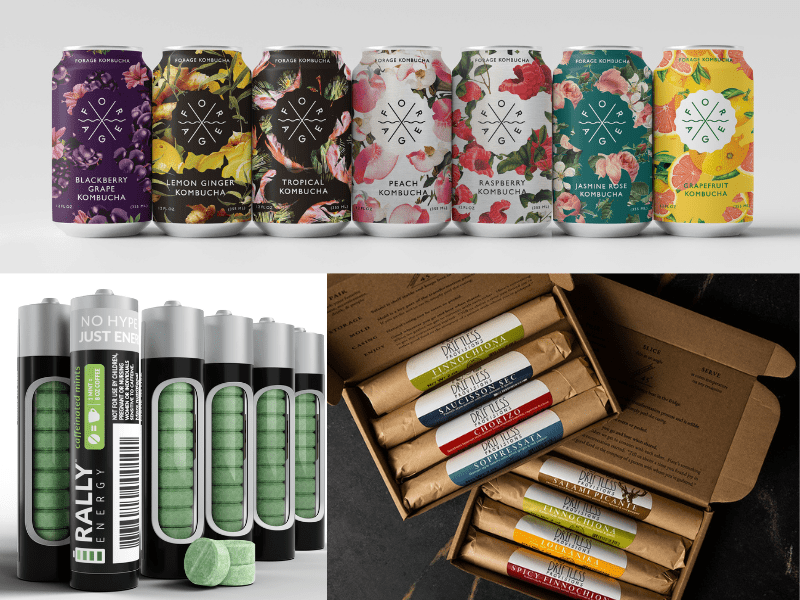[vc_row][vc_column][vc_column_text]This month in Wisconsin, there has been some media coverage of a recent bill proposal floating around the State Capitol that would make some changes to Chapter 125 (dealing with Alcohol), with many speculating that the proposal would mean the closure of taprooms and tasting rooms across Wisconsin. Given what we know about our craft brewers’ and distillers’ business models, the inability to have a taproom or tasting room would effectively kill most of the craft breweries and distilleries we work with. However, our partner and resident beer lawyer Jeff Glazer recently posted an article about what the proposal does and doesn’t do, the main takeaway being that taprooms and tasting rooms will largely continue as before even if this proposal comes to fruition, saying:
‘Don’t get me wrong, this is NOT insignificant. At least two breweries currently hold Class C licenses for their taprooms. Numerous wineries serve beer by holding Class B beer licenses in their taprooms. This statute MIGHT pull those rights. But, it would not “destroy the taproom.” The winery could still serve their own wine (and other things specifically permitted by statute) and breweries can still serve their own beer (or beer from any other brewery in the state of Wisconsin). Breweries can still have restaurants. Their taprooms would remain exactly as most of them exist today.’
Last month we mentioned that while there is a place for technology to enhance customers’ relationships with food, true “disruption” of the fundamental dynamics of that relationship is likely a difficult goal to realize. FFI director Tera Johnson was asked by Nutrition Capital Network (NCN) to submit comments about the recent proposed acquisition of Whole Foods by Amazon. New Hope Media and NCN, two of the largest players in the natural and healthy foods industry, published her response in its entirety. Because of the magnitude of the potential impact of this acquisition on our industry, we are also including the full text of the article below:
Amazon Buying Whole Foods: An Opportunity For Transformational Change
 by Tera Johnson
by Tera Johnson
Over the past few years, I’ve been asked by food business clients and by conference organizers to opine about the realities of selling food over the internet. My own experience at Tera’s Whey and with a wide variety of clients has been that selling food online is difficult. When I last looked at the data, online food sales ranked 10th in consumer product categories, behind things like toys—this despite the fact that total food sales dwarf most other consumer product categories.
So I asked myself why, and discovered a few things. In March of 2015, Mintel asked people why they didn’t buy food/drink from Internet retailers often. Here were the top six reasons:
- 49 percent didn’t want to pay delivery charges
- 42 percent didn’t want to wait for delivery
- 37 percent wanted to pick out their own products
- 30 percent thought it would be difficult to return products
- 28 percent thought the products were more expensive
- 28 percent thought the products wouldn’t be fresh
Amazon, and in particular Amazon Prime, should already have helped address the top two consumer objections to buying food online. That the Amazon juggernaut hasn’t been enough to propel online food sales indicates that there must be something else going on. Could it be that the third objection in this list is the most operative?
The University of Wisconsin Madison is one of the leading research centers in cognitive neuroscience, so it’s kind of in our DNA around here. It turns out that when cognitive neuroscience folks track our brain activity as it relates to food, they find something that is intuitively obvious: the pleasure centers of our brains light up when we eat. Maybe the more surprising thing is that they also light up when we shop. It turns out that we are hardwired to forage. Apparently something had to get us to leave the cave, fight the mastodons and gather food.
Of all the brick-and-mortar retailers, Whole Foods seems to be the best at making its stores a foraging experience that borders on the sensual. We all feel terrific when we’re walking through the produce section, or for the carnivores among us, in the Austin store walking along what seems like miles of steaks. This acquisition will be truly transformative when Amazon succeeds in bringing more of the Whole Foods foraging experience online, something that hasn’t happened yet.
Until then, Amazon may be disrupting food distribution even more than retailing. It’s not just that UNFI is going to lose Whole Foods. Amazon already has a business model that allows manufacturers to keep products in their own warehouses and ship them to fulfill orders without ever hitting an Amazon distribution center. It’s a bit difficult to imagine a shopping cart full of 50 different items for a family of four coming from 50 different warehouses, but it may work for particular product categories. Amazon has done this for other product categories and knows how to do it.
Amazon has also been experimenting with using technology to transform the brick-and-mortar experience. One of the innovations it’s been working on is a sensor system that would identify every item that shoppers put into their carts, then charge their Amazon prime accounts automatically as they leave the store. No more waiting in shopping lines, or needing brokers or distributor personnel to make sure items aren’t going out of stock. There would still be staff in the store. If the Austin Whole Foods is any indication, the Whole Foods of the future is more a gathering place full of a range of venues for eating, drinking or purchasing specialty items like charcuterie or confectionary. Now we’re not just foraging, we’re socializing. More pleasure centers are lighting up. Going grocery shopping is now way more fun, and when it is pure drudgery, we can order it online.
What does this all mean for the bottom line of retailers? Amazon acts like the biggest startup in the world. From quarter to quarter, it either breaks even or loses money, constantly driving top line sales growth. And if Amazon succeeds in taking out the distributor, driving down prices and building out stores that make shopping less annoying and more of a social experience, traditional brick-and-mortar grocery stores will be hard-pressed to do the same. This is terrifying to mainstream grocery stores that need to show steady incremental returns to shareholders.
What does all of this mean for small entrepreneurial brands? When I launched Tera’s Whey, THE path to creating a national brand in the natural category was to get into Whole Foods. Lately this has become less operative. There are way more national options to launch into, and Whole Foods has been moving more and more categories into 365 dominance, pushing out small entrepreneurial brands. Amazon, however, opens up the possibility of transforming products that are in the “tail” of the sales bell curve into actual businesses. Food brand companies could become portfolio managers for a family of brands, all of which they manufacture, store, ship on demand, and sell through Amazon. Some of the brands could end up on the shelf in Whole Foods by region, or even by store.
In an industry that has already been engrossed in an incremental race to the bottom for farmers and food manufacturers, with the only real benefit to the consumer being lower prices, this acquisition opens the possibility that consumers can benefit without degrading their shopping experience or taking it out of the hide of food makers. Optimistic, probably, but under this scenario it is at least possible.
And now, our roundup of the best food and beverage finance news, events and resources from around the web…
Business Model Insights
- Consumer feedback inspires improvements for Modern Table Meals (New Hope Media) – “Any company bringing something new to a category knows that, even though they have a great product, they might not get it 100 percent perfect right out of the gate. That’s why, when Modern Table Meals launched its bean-based pasta meal kits in 2014, its four cofounders kept their ears wide open to feedback. Their pasta, veggie and sauce meal kits won shelf space at Whole Foods Market, Target and more. But seeking to continue building and improving their brand, the team spent the last nine months taking feedback it had gathered and rethinking its whole proposition—from price to pack to products and flavors.”
- WHOLE FOODS CEO: We focused on employees at the ‘expense of our customers’ (Business Insider)
- R.I.P. Bricks and Mortar? This omnichannel approach can keep retail stores thriving (New Hope Media)
Raising Capital
- Barnana COO: How we raised a $1 million round by pitching at NCN (New Hope Media) – “Before pitching potential investors at the 2013 Nutrition Capital Network meeting, Barnana leadership had raised capital by pitching family and friends. But, according to cofounder and COO Matt Clifford, it was time to expand. Not only did Clifford walk away with an investor, but he also walked away with some valuable lessons. For example: If you ask for money, you get advice. And that’s a good thing. Today, Clifford’s investor sits on Barnana’s board and has been an incredible value add as a third party perspective. And, even if you don’t meet an investor for today, you’re networking for tomorrow. Clifford remembers meeting with folks that had between $5 million and $10 million to invest. At the time, he wasn’t ready for that kind of partner.”
- Is Debt a Better Instrument for Farmland Investment? (AgFunder)
- How mission-driven businesses can find the right financial partner (New Hope Media)
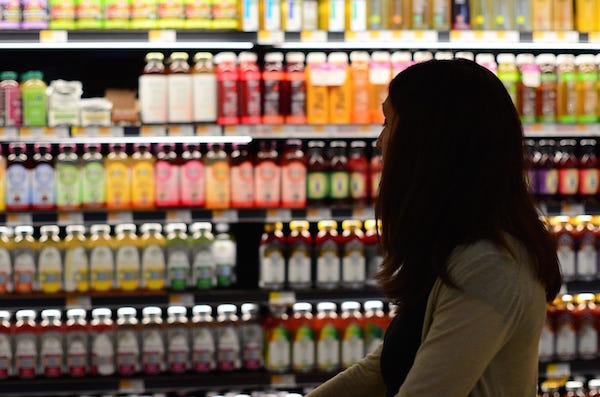 CPG/National Brands
CPG/National Brands
- What it means to build a brand (New Hope Media) – “Your brand is the combination of the product, how it’s communicated and ultimately how it is perceived. It’s the intersection of a three-way Venn diagram—a tiny bullseye of impact, sustainability and loyalty you have to nail in order to move your product forward and promote your customers from believers to ambassadors. By understanding that your brand “starts” existing at the moment the first person knows about it (not months or years down the line), you’ll grow more effectively and effortlessly to create a customer experience worth living and loving—with a solid foundation and matching wallpaper to boot.”
- CPG at a crossroads: ‘Retailers are agnostic to the plight of Big Food’ (FoodNavigator)
- Consumers Respond to Certain Craft Beer Terms (Specialty Food Association)
Market Trends
- The Secret to Restaurants’ Woes? Check the Freezer Aisle (Bloomberg) – “The average American spends slightly more on bars and restaurants than they do on home cooking, eating out about five times a week. Compared with any time in history, this is stunning. And it leads to a stunning question: Why aren’t restaurants doing better financially? While supply may be part of the story, to understand what’s happening to restaurants, we also need to look at demand: the alternatives to eating out for consumers have gotten better and better. You can get an increasing variety of frozen meals that are a decent substitute for a stop at TGI Friday’s. Or you can amble over to the sushi counter, the salad bar, or the cook-at-home pizza counter, and get something that is tastier, better for you, and cheaper than you could have gotten by stopping at some mediocre chain. This supermarket revolution predates the great recession, but the financial squeeze only accelerated it, as strapped middle-class consumers sought alternatives to eating out.”
- Study: How health factors into consumer decisions (Food Business News)
- 7 investors and brand builders on Whole Foods, Amazon and the future of grocery (New Hope Media)
Deals/M&A
- Amazon to Acquire Whole Foods (Mintel) – “This partnership is sure to bring more interesting and unique concepts to market that will enhance consumers’ shopping process even more. For example, Amazon Go, which tracks purchases via the Amazon Go app, allowing shoppers to avoid the checkout process, may be incorporated into existing Whole Foods stores. This could add convenience to busy, on-the-go Whole Foods shoppers, while expanding the Amazon Go concept without having to add new real estate. Per Mintel’s forthcoming US Organic and Natural Shopper report, 13% of consumers report having purchased organic foods or beverages from an online resource, having the products either shipped or picking them up at the store. This number, however, skews significantly higher when considering generational demographics: 21% of Millennials report having ordered groceries online for either shipping or pickup in-store, compared with 9% of Generation X and 5% of Baby Boomers and older generations.”
- General Mills, Campbell Soup, Kellogg’s & Tyson Ramp Up Food Investment (CB Insights)
- A Balancing Act: What M&A activity is on the food industry’s horizon for the rest of 2017? (FoodDive)
Industry Events
- Scaling Your Food Business (FaB Wisconsin) – $, 7/19 in Milwaukee, WI
- Natural Products Expo East (New Hope Network) – $, 9/13 – 9/16 in Baltimore, MD
[/vc_column_text][/vc_column][/vc_row]
